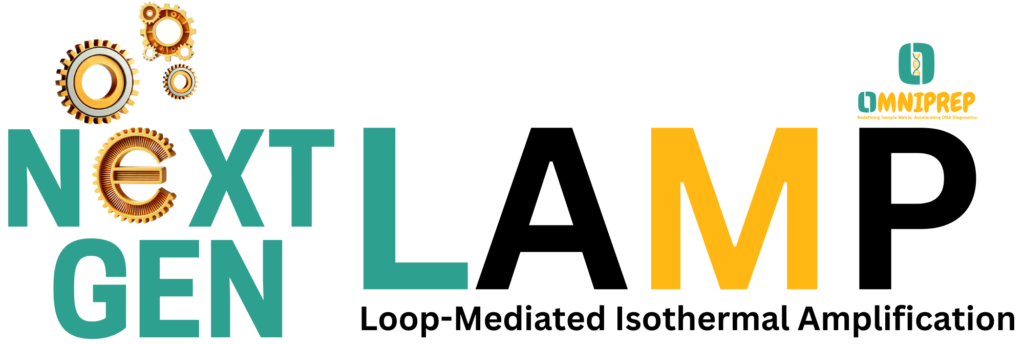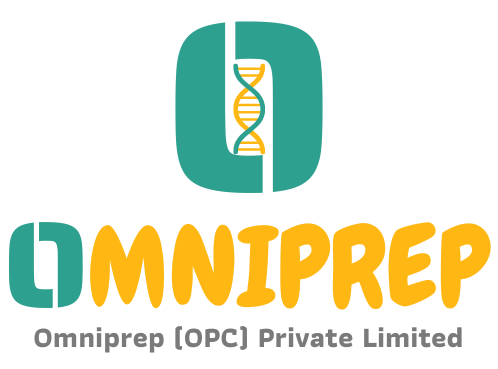
Next Generation LAMP - Race for the Next "Gold Standard"
Loop-mediated isothermal amplification (LAMP) is a rapid and highly specific nucleic acid amplification technique that operates under isothermal conditions, typically between 60–65°C. Unlike traditional PCR, which requires thermal cycling, LAMP utilizes a set of specially designed primers and a strand-displacing DNA polymerase to generate large amounts of DNA with high efficiency. The technique produces a distinctive ladder-like pattern of DNA amplicons, which can be detected via turbidity, fluorescence, or colorimetric methods. Due to its simplicity, speed, and sensitivity, LAMP is a primiary choice for pathogen detection and point-of-care diagnostics. Its ability to function without sophisticated laboratory equipment makes it particularly valuable for field applications and resource-limited settings.
“Next Generation LAMP amplification” refers to advanced developments in the Loop-mediated isothermal amplification (LAMP) technique, incorporating improvements like enhanced sensitivity, faster reaction times, multiplex detection capabilities, and more user-friendly detection methods, often aiming to create highly efficient point-of-care diagnostic tools with minimal equipment needs, ideal for rapid on-site testing of pathogens or genetic markers. [1, 2, 3, 4, 5]

Benefits of Next Generation LAMP
Applications of Next Generation LAMP

Infectious Disease Detection
Rapid diagnosis of bacterial, viral, and parasitic pathogens.

Food Safety Testing
Detection of foodborne pathogens in food samples.

Genetic Testing
Identification of genetic mutations associated with diseases.

Environmental Monitoring
Identification of Pathogens in Air, Water, Soil, Space.
